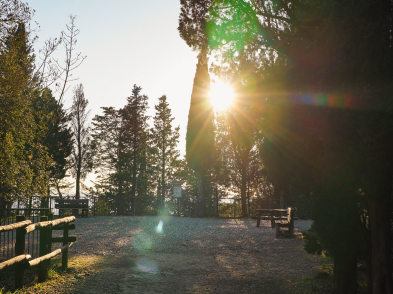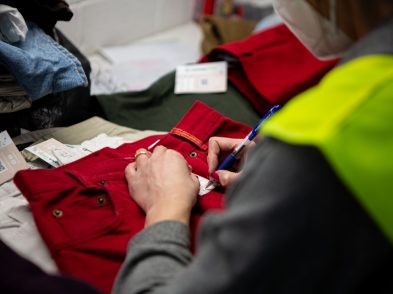With Florence
hosting the tech conference Frontiers of Interaction on June 20 and 21, there
will be a lot more geeks in town than usual.
For them, we’ve
thought of five strange, scientific, or just odd things to visit off the usual
tourist trail.
1. La Specola museum
Not for the
faint of heart or stomach, this collection of wax anatomical figures,
originally used for teaching, is spectacularly slimy. The city’s wax model
workshop was established in 1771 and operated for more than a century; the
result is a museum collection laid out in an instructive manner, intended to be
a kind of walk-in encyclopedia of the human body (see TF 48 and 49). Go also
for the extensive taxidermy collection-from protozoa to wooly mammoth. A small
room near the exit houses fantastical wax dioramas by Gaetano Zumbo (1656-1701)
representing the most repulsively macabre effects of the plague. Via Romana 17;
http://www.msn.unifi.it; Tuesday through
Sunday, 9:30am to 4:30pm; admission 6 euro.
2. Galileo museum
This new,
interactive museum includes Galileo’s index finger. Reopened last summer after
a two-year, 8-million-euro restoration, it was named ‘best managed museum’ by
the International Council of Museums (see TF 133). This collection includes the
only surviving instruments designed and built by Galileo himself: two
telescopes and the objective lens of the telescope with which Galileo
discovered Jupiter’s moons. There are more than 1,000 navigational and
mathematical tools from the Medici and Lorraine collections through the
nineteenth century. Get the handheld video guide (an add-on for smartphones or
tablets) and beam up information about what scientific instruments looked like
and how they worked in the sixteenth century. Piazza dei Guidici 1; http://www.museogalileo.it; Wednesday
through Sunday, 9:30am to 6pm and Tuesday, 9:30am to 1pm; admission 8 euro.
3. Map Room in Palazzo Vecchio
Ptolemy’s cosmography is the source text for this room
of 53 maps commissioned by Duke Cosmo I de’ Medici and executed by Ignazio
Danti in the late sixteenth century. While some countries’ maps are pretty
detailed and accurate, look out for wooly elephants on the panel labeled
‘Trogloditica.’ Piazza della Signoria; http://www.museicivicifiorentini.it/palazzovecchio;
open daily from 9am to midnight, Thursday from 9am to 2pm; admission 6 euro.
4. Stibbert museum
The eccentric
nineteenth-century Englishman Frederick Stibbert had a penchant for men on
horses and put together an unusual collection of Japanese armour, Islamic arms
and dioramas of European knights. The Sala della Calvacata is the most
evocative part of this museum: a life-sized row of armoured horses and soldiers
makes the visitor feel rather small. The park next door to his villa is good
for a nap in the shade. Via di Montughi 4; http://www.museostibbert.it;
Monday to Wednesday, 10am to 2pm, and Friday to Sunday, 10am to 6pm; admission
6 euro; Ataf bus 4.
5. Giardino dei Semplici botanical
gardens
Said to be the
third oldest botanical garden in the world after Pisa and Padua, it was
established by Cosimo I de’ Medici in 1545 and is now part of the University of
Florence’s museum network. If you’re lucky you’ll see an Amorphophallus titanum, which blooms every 8 to 11 years;
the gigantic phallus-shaped tuber that emits a nauseating odour reaches heights
of 5 to 6 meters, although the Florentine specimen, the first to bloom in an
Italian garden, hit only 2.35 meters in 2002. Visit the dormant ones in the
greenhouse of sector SC4. In the hot greenhouse (sector SC7), check out the
Acokanthera and Antiaris, whose poison used to be extracted to make deadly
arrows. In addition to large trees and shady corners, admire various medicinal
and poisonous plants in the historic flowerbeds that run along the wall of via
La Pira. Via Pier Antonio Micheli 3; http://www.msn.unifi.it;
Sunday through Tuesday, Thursday and Friday, 9am to 1pm, and Saturday from 9am
to 5pm; admission 4 euro.







